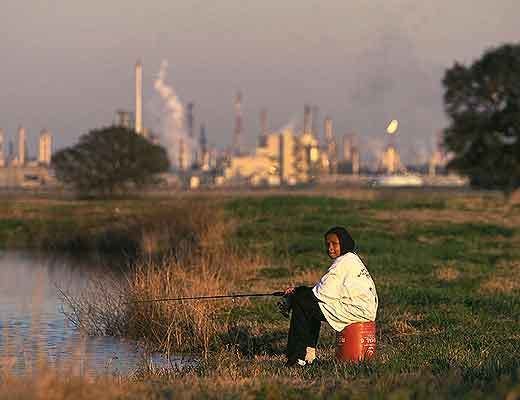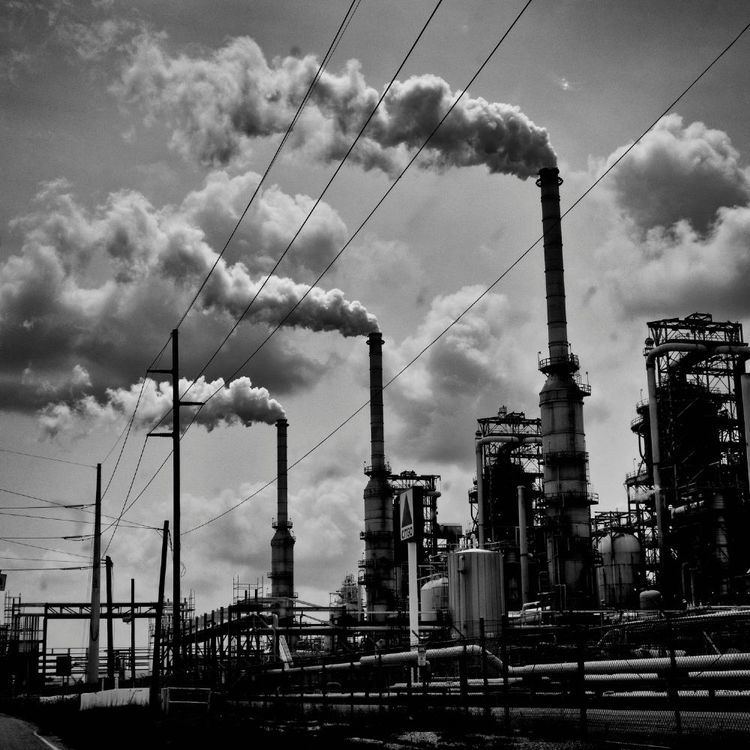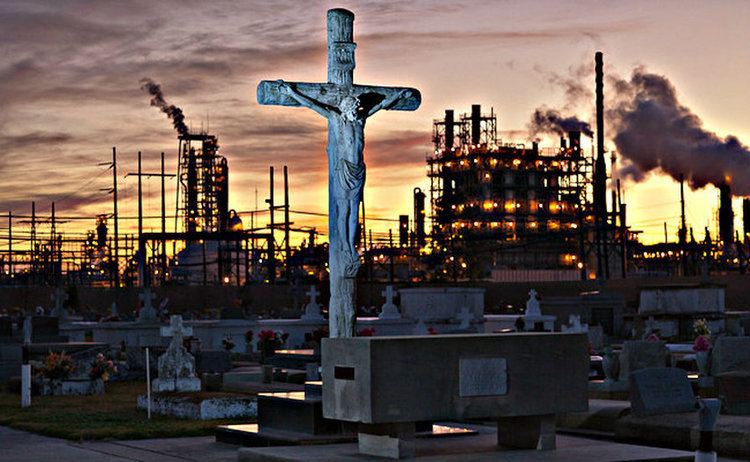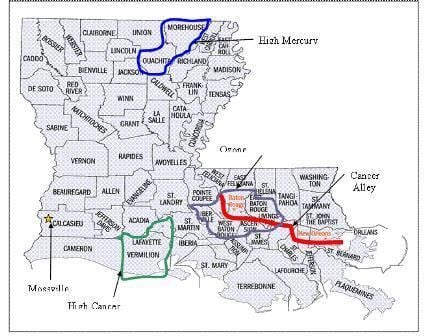 | ||
Fuel preview cancer alley
Cancer Alley (French: Allée du Cancer) is an area along the Mississippi River between Baton Rouge and New Orleans, in the River Parishes of Louisiana, which contains numerous industrial plants. Locations in this area with clusters of cancer patients have been covered by the news media, leading to the "Cancer Alley" moniker.
Contents

History

In 1987, when residents of one street in St. Gabriel, Louisiana noticed the abundance of cancer cases within their community, “Cancer Alley” became the new name for Jacobs Drive. As similar incidences became more and more prevalent in surrounding areas, the “alley” grew to encompass an eighty-five mile stretch along the Mississippi River. Prior to media coverage of the issue, the area between Baton Rouge and New Orleans was simply known as the “petrochemical corridor”.

In 2002, Louisiana had the second-highest death rate from cancer in the United States. While the national average is 206 deaths per 100,000, Louisiana's rate was 237.3 deaths per 100,000. At the same time, the death rate from cancer in the area dubbed Cancer Alley was lower than the rest of Louisiana, as well as the national average.

In 2000, Toxics Release Inventory (TRI) data showed that Louisiana ranked second throughout the nation for total onsite releases, third for total releases within the state, and fourth for total on- and offsite releases. Louisiana, which has a population of 4,469,970 people, produced 9,416,598,055 pounds of waste in 2000. Seven of the ten plants in the state with the largest combined on- and offsite releases are located in Cancer Alley, and four of the ten plants with the largest onsite releases in the state are located there.
Cancer studies

In a peer-reviewed study by scientists at the Shell Oil Company, they found that the cancer rate in this area was lower than state and national averages, though as Shell is one of the corporations that owns plants in the area, this study could potentially be considered a conflict of interest.

A peer-reviewed study by Frederic T. Billings III, M.D., found that while Louisiana has a much higher-than-average lung cancer rate, the source is not the "Cancer Alley" parishes, but the other parishes of Louisiana, where above-average tobacco smoking rates are likely the cause of the vast majority of the cancers.
In their 2012 book Petrochemical America, photographer Richard Misrach and Columbia University architecture professor Kate Orff explore the social, environmental, and health impacts of the petrochemical industry in Cancer Alley through photography, writing, and infographic-style illustrations.
